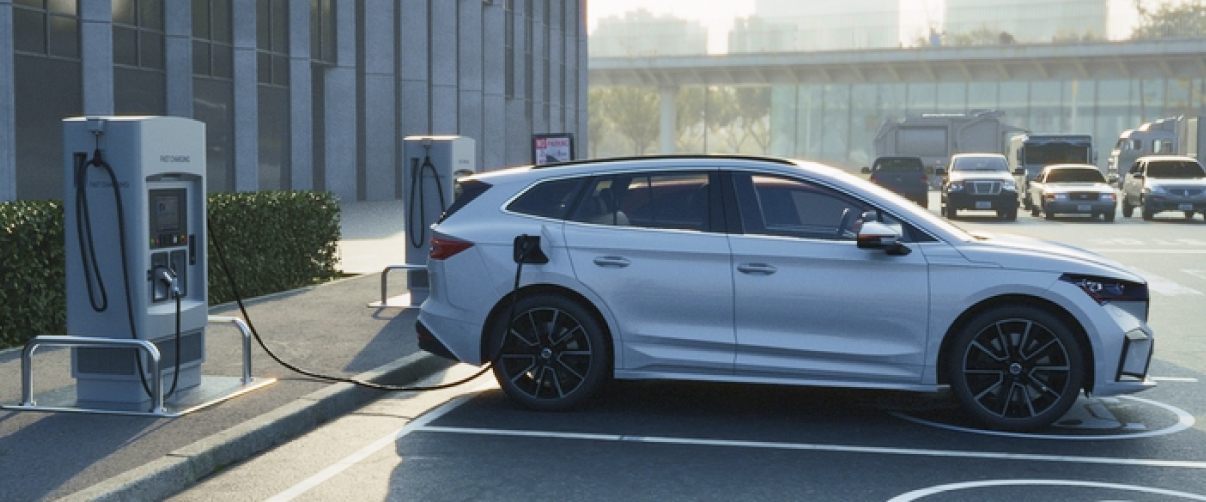Electric vehicles (EVs) are no longer just a glimpse into the future—they are here, and they’re transforming the way we think about transportation. As concerns about climate change and environmental sustainability grow, more people are considering making the switch to electric. But what do you need to know before taking the plunge? This comprehensive guide will walk you through everything you need to understand about EVs, helping you make an informed decision about whether an electric vehicle is right for you.
Electric Vehicles 101: Everything You Need to Know Before Making the Switch

What Is an Electric Vehicle?
An electric vehicle is a car that is either partially or fully powered by electric power. Instead of relying solely on gasoline, EVs use electricity stored in batteries to power an electric motor. This makes them more efficient and environmentally friendly compared to traditional internal combustion engine vehicles.
Types of Electric Vehicles
There isn’t just one kind of electric vehicle on the market. Understanding the differences can help you choose the one that fits your lifestyle best.
Battery Electric Vehicles (BEVs)
BEVs are fully electric vehicles with no gasoline engine. They run exclusively on electricity and need to be charged from an external power source.
Hybrid Electric Vehicles (HEVs)
HEVs combine a gasoline engine with an electric motor. The battery is charged through regenerative braking and the combustion engine, without the need to plug in.
Plug-in Hybrid Electric Vehicles (PHEVs)
PHEVs are similar to hybrids but come with a larger battery that can be recharged by plugging into an external source. This allows for extended electric-only driving ranges.
Learn more about the different types of EVs.
Benefits of Switching to an Electric Vehicle
Environmental Impact
One of the most significant benefits of EVs is the reduction in greenhouse gas emissions. By driving an EV, you’re contributing to a decrease in air pollution, especially if your electricity comes from renewable sources.
Lower Operating Costs
EVs can be more cost-effective in the long run. They have fewer moving parts, which means lower maintenance costs and less frequent repairs. Plus, electricity is often cheaper than gasoline, leading to savings on fuel.
Discover how EVs can save you money over time.
Government Incentives
Many governments offer incentives to encourage the adoption of EVs, such as tax credits, rebates, and grants. These incentives can significantly reduce the initial purchase price, making EVs more accessible.
Charging Your Electric Vehicle
Home Charging
Charging your EV at home is convenient and cost-effective. Installing a Level 2 charger can provide faster charging times compared to the standard Level 1 chargers that come with most EVs.
Public Charging Stations
Public charging infrastructure is expanding rapidly. Networks like Tesla Superchargers and Electrify America offer fast charging options for long-distance travel.
Find out more about EV charging options.
Understanding Range and Performance
Modern EVs come with varying ranges, typically between 200 to over 400 miles on a single charge. Factors like driving habits, weather conditions, and battery size can affect the actual range.
Learn how EV range suits your daily needs.
Addressing Common Concerns
Range Anxiety
Many prospective EV owners worry about running out of charge. However, with the average daily commute being well within most EVs’ range and a growing charging infrastructure, range anxiety is becoming less of a concern.
Battery Life and Degradation
EV batteries are designed to last, with many manufacturers offering warranties of up to 8 years or 100,000 miles. After their automotive life, batteries can be repurposed for energy storage or recycled.
Understand EV battery longevity and recycling efforts.
Cold Weather Performance
EVs can experience reduced range in cold weather due to battery chemistry and the energy required for heating. Preconditioning the vehicle while it’s still plugged in can mitigate some of these effects.
Environmental Considerations
While EVs produce zero tailpipe emissions, it’s important to consider the entire lifecycle. Manufacturing batteries can generate more emissions upfront, but over time, EVs generally have a lower carbon footprint, especially when charged with renewable energy.
Explore the environmental impact of EVs.
Cost Comparison: EVs vs. Gasoline Vehicles
Though EVs often have a higher purchase price, the total cost of ownership can be lower due to savings on fuel and maintenance. Government incentives can further reduce the overall cost.
Compare the costs between EVs and traditional cars.
Choosing the Right Electric Vehicle
When selecting an EV, consider factors like range, charging options, size, and features that fit your lifestyle. There are numerous models available, from compact cars to SUVs.
Use this EV Finder tool to help you decide.
Making the Switch
Switching to an EV involves more than just buying a new car. You’ll want to plan for home charging installations, familiarize yourself with public charging networks, and understand how to maximize your EV’s efficiency.
Conclusion
Electric vehicles represent a significant step forward in reducing our environmental impact and embracing sustainable transportation. With advances in technology and infrastructure, there’s never been a better time to consider making the switch to an EV.
Ready to take the next step? Explore top EV models and find the perfect one for you.











